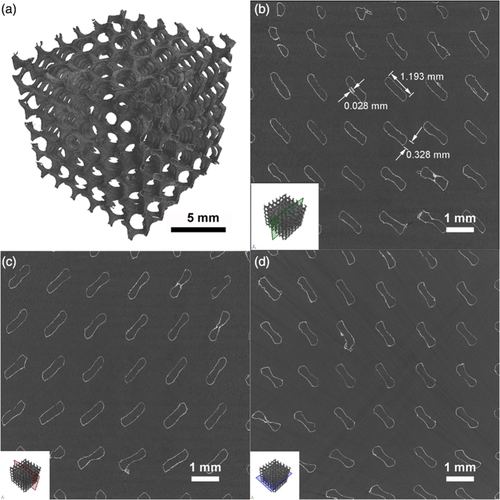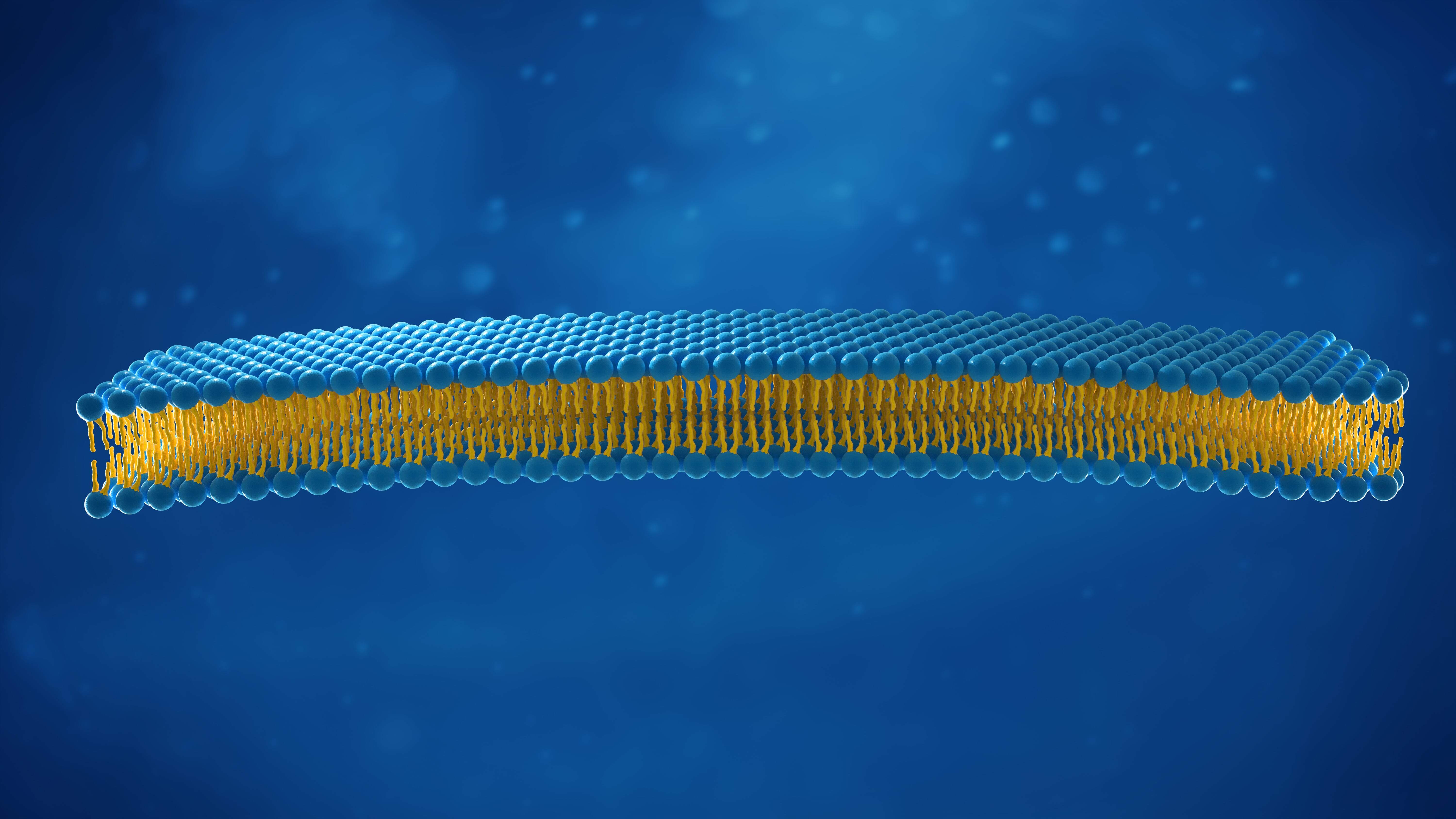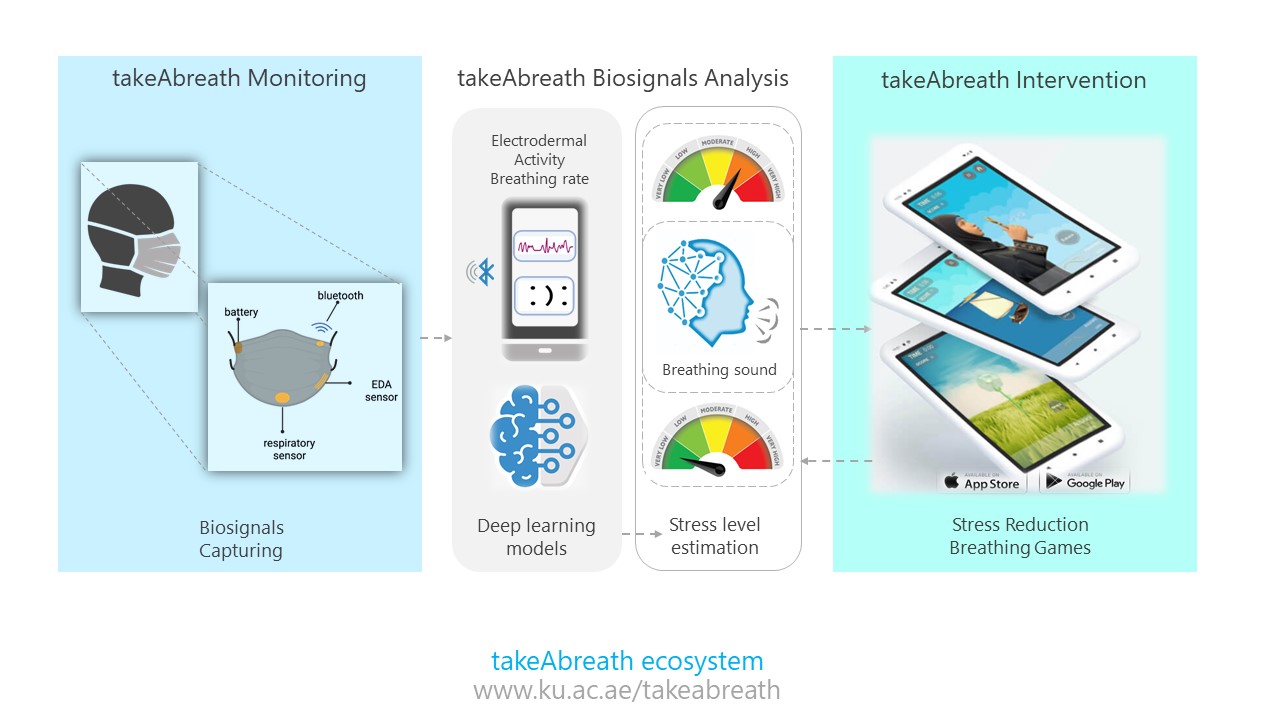Advances in Flexible Pressure Sensors Using 3D Printing and 2D Materials

Pressure sensors are used in electronic devices across all industries and making them as accurate as possible means making them as thin as possible. Researchers from Khalifa University have developed a method to use a novel 2D material for highly-sensitive and tunable flexible pressure sensors.
Compared with conventional rigid silicon-based electronics, thin, flexible electronics can withstand various deformations such as tension, compression, bending and twisting. Pressure sensors that can transform external pressure into electrical signals are an indispensable application of flexible electronics, particularly for biomedical applications.
A team of researchers from Khalifa University has investigated how to develop a pressure sensor using a novel 2-Dimensional (2D) material, which is a single sheet of material that is just one atom thick, and 3D printing. They published their results in Advanced Engineering Materials. The research team includes Jing Fu, Research Associate, Somayya Taher, PhD candidate, Prof. Rashid Abu Al-Rub, Director of the Advanced Digital and Additive Manufacturing Group and Professor of Mechanical Engineering, Prof. TJ Zhang, Professor of Mechanical Engineering, Prof. Vincent Chan, Professor of Biomedical Engineering, and Prof. Kin Liao, Professor of Aerospace Engineering.
“Pressure sensors can be divided into various categories, including piezoelectric pressure sensors and piezoresistive pressure sensors,” Dr. Kin explained. “The working principle of a piezoresistive pressure sensor capitalizes on the change in the electrical resistance of the sensor against applied pressure. Such sensors have a simple structure, high sensitivity, fast-frequency response and low-energy consumption, making them popular candidates for various applications.”
An effective pressure sensor needs to be sufficiently thin. A sensor that is too thick may give erroneous readings as the sensor would press into a soft material, decreasing the load between the objects and increasing the measured pressure. To be as accurate as possible, researchers have turned to 2D materials to achieve sensors that are thin as possible.
“The engineering performance and robustness of a piezoresistive sensor mainly hinge on the sensor’s embedded active material,” Dr. Kin explained. “So far, different kinds of conductive materials have been used, such as metal nanoparticles, conductive polymers, graphene, and transition metal compounds. More recently, 2D materials have captured researchers’ attention worldwide, particularly transition metal carbides and nitrides or MXenes.”
MXenes are a family of 2D materials comprised of a pretransition metal, such as titanium (Ti), zirconium (Zr) or hafnium (Hf), with carbon and/or nitrogen, and hydroxyl, oxygen or fluorine surface functional group. These combinations give MXenes excellent electrical conductivity and hydrophilicity, making them promising candidates for applications such as piezoresistive sensors.
As a 2D material, MXenes can be used as sheets and stacked on top of each other via van der Waals forces or hydrogen bonding between the functional groups. This way, MXenes can be formed into flexible and stable films, although the resulting material shows a very weak piezoresistive effect because when compressed, the structure of the sheet doesn’t allow for much deformation. Using MXenes in a 3D structure with similar length scales in all three dimensions would overcome this issue and make best use of the novel MXene material.
The Khalifa University team used additive manufacturing to develop the 3D structures. Traditional methods use templates upon which MXene layers are deposited before the templates are removed. While this does work, it does not allow for precise control of the internal structure of the resulting 3D scaffold. 3D printing overcomes this, with the technology able to fabricate flexible pressure-sensitive sensors with a high dynamic range through an easy to manipulate and large-scale manufacturing method.
“There are enormous possibilities in the design of internal structures that could be produced by 3D printing, but the triply periodic minimal surface (TPMS) structure is one of the more interesting,” Dr. Kin said. “The TPMS structure is known for possessing characteristics of surface area, mechanical robustness and thermal conductivity with an edge-free structure. Fabrication of 2D MXenes into the periodic, porous TPMS structure will lead to the development of novel 3D scaffolds with excellent electrical conductivity and mechanical properties.”
The team developed a simple and efficient method to combine MXene with a uniquely designed TPMS gyroid structure to create a 3D MXene-based gyroidal structure for use as a piezoresistive sensor with extremely high sensitivity, good response time and improvable durability. This method can be used to fabricate 3D MXene structures with any size, shape and internal structure.
More recently, Prof. Liao’s group has been working on constructing 3D structures of heterogenous 2D materials – different types of 2D materials organized in layered manner – for applications such as sensors, electromagnetic interference shielding, as well as energy-related applications.
Jade Sterling
Science Writer
25 May 2022



